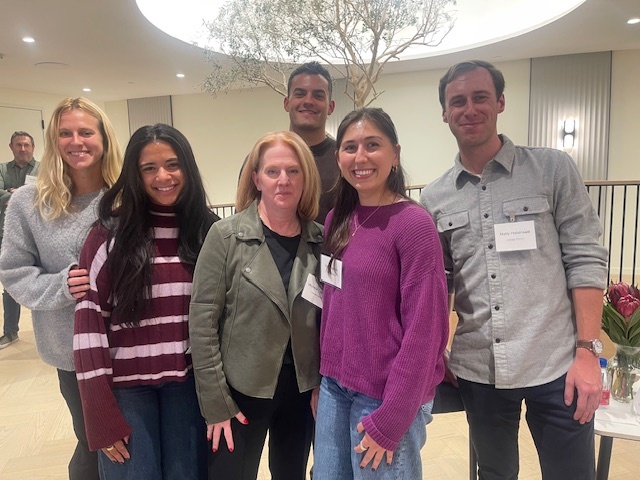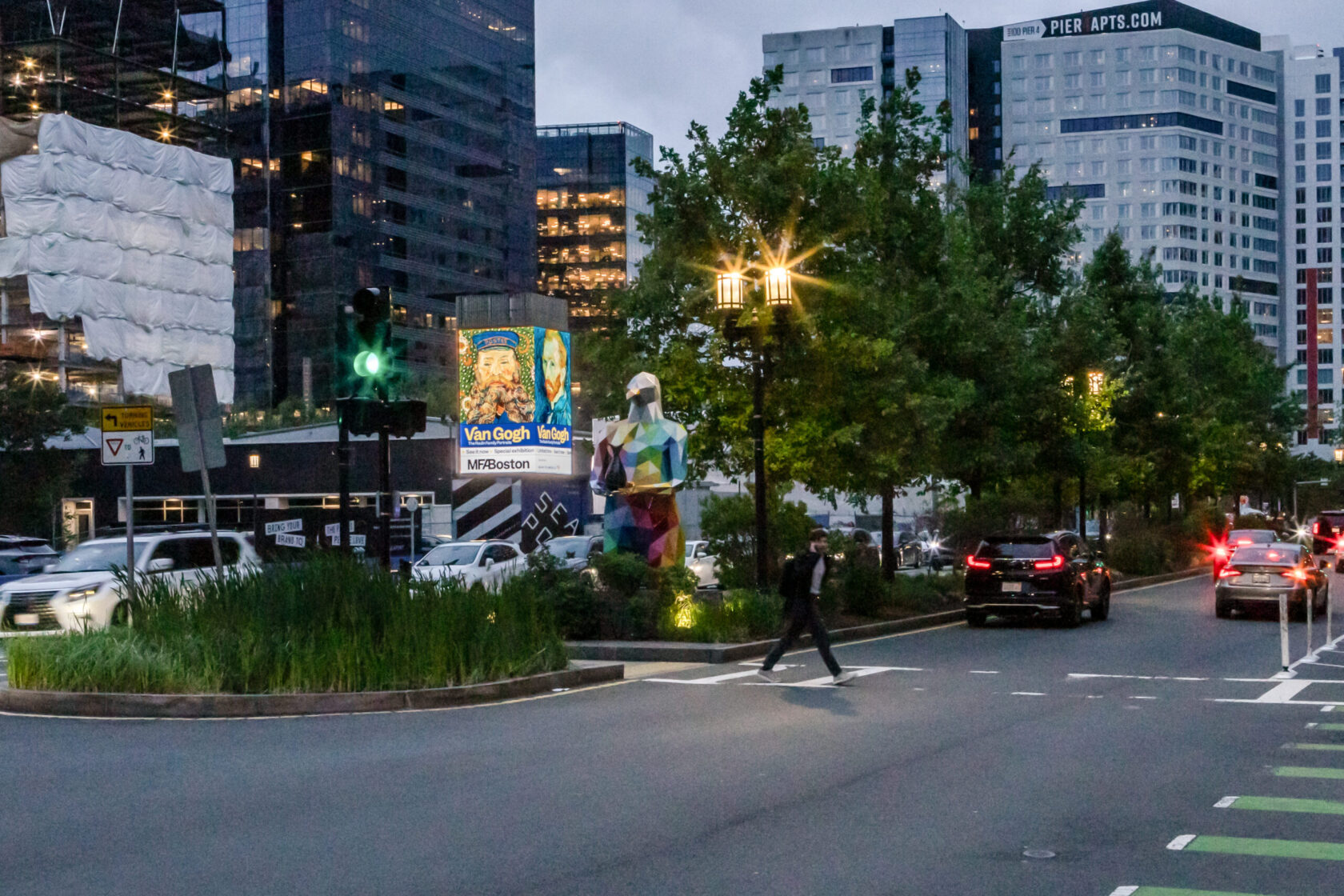Despite the evolving media landscape and continual doomsaying about the death of linear, upfronts arguably remain the most pivotal week of the year for TV networks. Billions of dollars in ad commitments take shape during the annual industry showcase, providing a view into the evolving dynamics of media buying—and the tech that will measure those investments.
Ad tech played a pivotal role in the 2025 upfronts and NewFronts, with Google, Yahoo, Netflix and Fox driving home the importance of AI- and data-driven ad tools for marketers. Gen Z once again dominated the demographic conversation, with tailored lineups and targeted content, while the dynamics between streaming and legacy networks continued to play out against a backdrop of Trump’s tariffs, increasing economic uncertainty and a fragmented media landscape. Amid so much disruption and reinvention, we turned to the experts for their key takeaways from TV’s biggest week.
Live Programming Is Essential Business
Michelle Capasso, Partner & Chief Media Officer
No surprise: Live tentpole events, especially sports, are still king of the hill—and played a big role in the upfronts. But this year’s focus on ad tech and new ways to buy recognizes the importance of ad-supported metrics. Ad buyers have always cared about performance and transparency, and now the platforms are finally responding. Netflix, once the champion of ad-free experience, is now touting the importance and relevance of their ad-supported tiers, and Amazon featured their ad-supported growth in streaming as a centerpiece in their pitch. This shift hopefully means more transparency for buyers—all that star power on stage touting programs in development means more when advertisers can finally get a piece of it.
The rush to sports should help support upfront spending as budgets get tighter with economic uncertainty. Big brands need it to capture large audiences. Deals will likely be more concentrated, while advertisers try to consolidate into “sure things” like live sports to reach audiences that continue to fragment, driving up pricing. But the heavy focus this year on ad tech and more ways to buy programmatically could ding upfront spend and incentivize advertisers to not lock up those budgets now.
Read the full AdAge article here.



